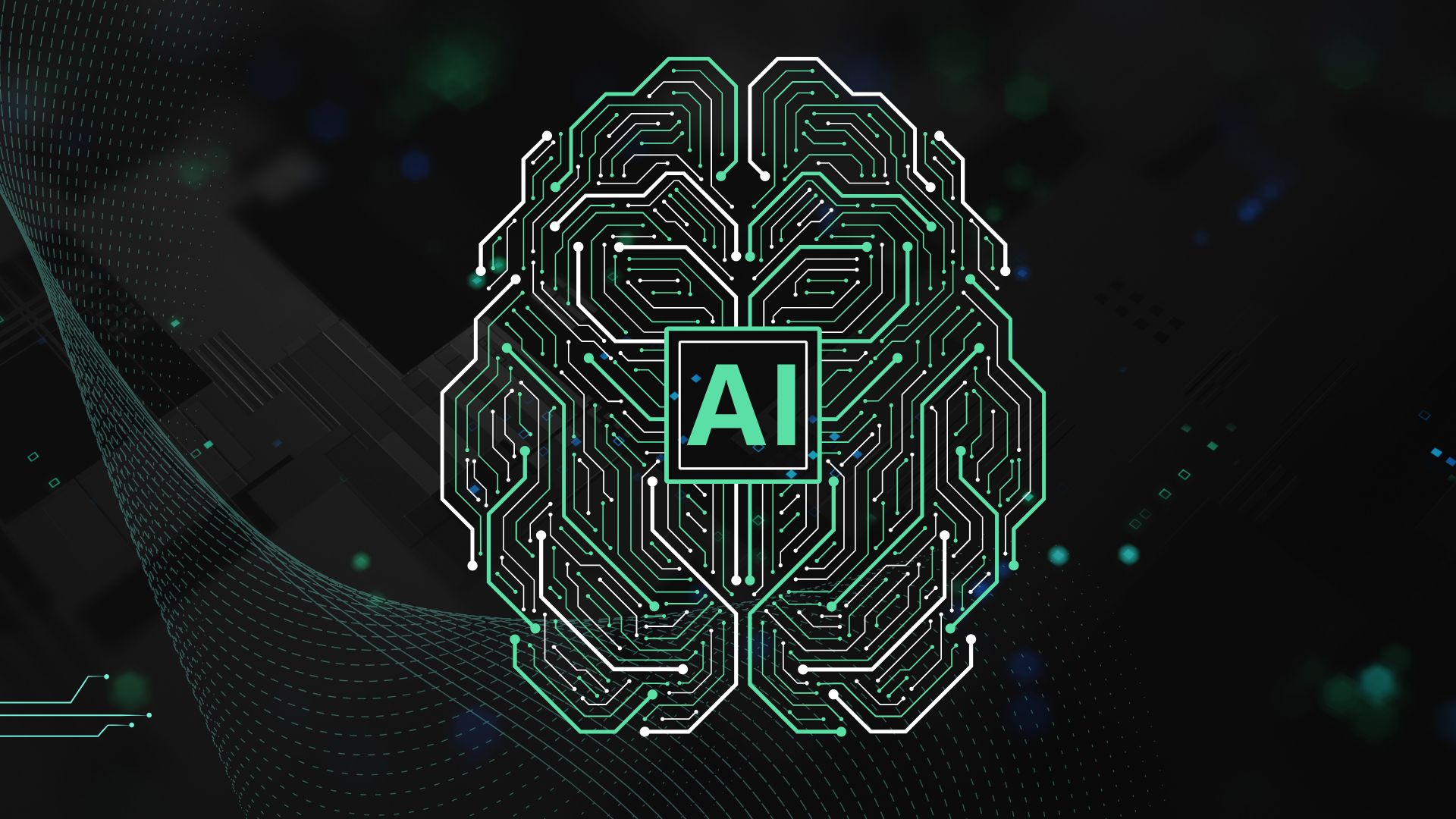What Developers Need to Know About Generative AI

Strong 8k brings an ultra-HD IPTV experience to your living room and your pocket.
Generative AI is the latest technology that is redefining how software gets built, tested, and used. For developers working on enterprise platforms, it brings a new layer of logic, one that’s probabilistic, data-hungry, and constantly evolving.
But building with GenAI isn’t just about plugging into an API. It’s about understanding where it fits, how it scales, and what risks come with it. Whether you’re creating internal tools, customer-facing platforms, or domain-specific apps, Generative AI consulting services can help you build smarter, safer, and faster.
Things Developers Should Keep in Mind Before Gen AI Implementation
Here’s what every developer should keep in mind when working with Generative AI in real-world systems.
1. Not Every Feature Needs GenAI
Use it where it solves friction clearly:
- Auto-generating support replies
- Summarizing long reports or logs
- Translating structured data into human-readable formats
- Drafting content from templates
Avoid it where the output needs to be exact, traceable, or real-time—like calculations, compliance workflows, or anything under strict regulation.
2. You Need to be the Architect for It
Don’t treat an LLM like a one-off API call. Build around it.
- Add observability to prompts, tokens, and latency
- Monitor version changes in models (especially SaaS ones)
- Cache intelligently when requests repeat
- Track input-output pairs for performance review
It’s another service dependency—treat it as such.
3. Prompt Design Is a Skillset
Prompting isn’t guesswork. You’ll need:
- Modular, parameterized prompts
- Version control
- Test coverage for edge cases
- Clear input constraints
Good prompting is repeatable. Start building prompt libraries like you do for UI components or backend handlers.
4. RAG Isn’t Optional for Business Logic
If the model needs to answer based on internal data—policies, product specs, tickets—Retrieval-Augmented Generation (RAG) is the pattern to use.
- Extract → Chunk → Embed → Retrieve → Prompt
- Add ranking to control what gets pulled
- Keep sources updated, versioned, and validated
RAG makes responses accurate and referenceable. Without it, hallucination risk grows fast.
5. Model Choice Should Fit the Job
You’re not limited to one option:
Look at latency, cost, token limits, and control. Avoid overbuilding when a simpler model will do.
6. Data Governance Still Applies
AI doesn’t exempt you from security and audit needs.
- Don’t send sensitive inputs to shared endpoints
- Mask PII before prompting
- Log who did what and when
- Moderate outputs—especially in live user environments
7. Keep Feedback in the Loop
Generative features can improve over time—but only with feedback. Build loops for:
- User corrections
- Manual overrides
- Ratings or thumbs up/down
- Annotated outputs for retraining
Treat it like CI/CD for AI logic—iterate, validate, repeat.
Also Read: Generative AI: Transforming Digital Experiences
Closing Thought
Generative AI isn’t just a plug-in—it’s a new development layer. It rewrites how systems interact with users and how logic interacts with data. With Generative AI consulting company as a partner, you can handle ambiguity, adapt fast, and open up new interfaces. When rushed, it creates more cleanup than value.
Start with the right use case. Architect for control and observability. And build as if you’ll need to explain every output—because in enterprise software, you often will.
Note: IndiBlogHub features both user-submitted and editorial content. We do not verify third-party contributions. Read our Disclaimer and Privacy Policyfor details.







